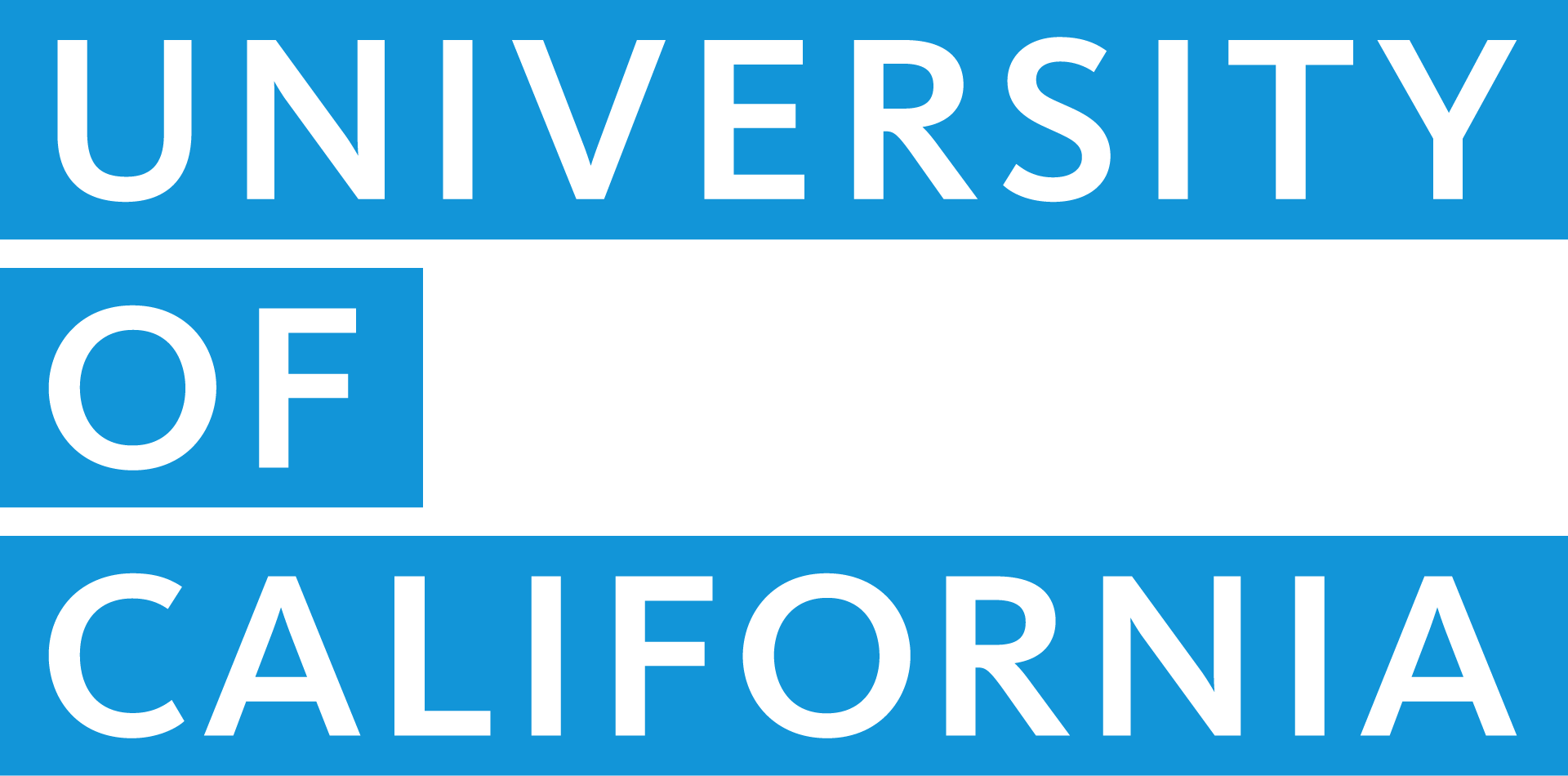New regulations for the Americans with Disabilities Act that will impact UC
Share This Article

For over 30 years, the Americans with Disabilities Act (ADA) has required state and local government entities, including public education institutions like the University of California, to ensure that their programs, services and physical spaces are equally accessible to individuals with disabilities.
In the decades since the law was first passed, more and more government programs and services have migrated into digital spaces, often without the same equal access for disabled individuals. To address this, the U.S. Department of Justice (DoJ) finalized new regulations for Title II of the Americans with Disabilities Act that will go into effect on April 24, 2026, and we all have a part to play in helping ensure they’re met.
What do the new regulations entail?
The new regulations generally require all web content and mobile apps provided or made available by state and local government entities to be accessible. Under the new regulations, “accessible” is gauged by conformance with Level A and Level AA standards within the Web Content Accessibility Guidelines (WCAG) version 2.1.
“Web content” includes all information and files* made available through websites and web-based platforms, even ones that require authentication — like UCPath, EPIC, the UC Learning Center, campus learning management systems, etc. — as well as all experiences available online. For example, does your department host Zoom webinars? If so, you’ll need to ensure those webinars are sufficiently accessible, because attending a webinar is an online experience.
The new regulations also generally require UC to ensure that third-party digital content it provides or makes available via contractual, licensing or other arrangements is accessible.
And, the new regulations are expected to make it easier for individuals who encounter inaccessible web content or experiences to prevail on their legal complaints.
(*Files needing to be made accessible may include: PDFs, Word documents, PowerPoint slide decks, Excel spreadsheets, charts, diagrams, data visualizations and other graphics, eLearning modules, mp3s, videos and more.)
What should we do to prepare for April 24, 2026?
- Review relevant DoJ resources, such as the Fact Sheet on the New Rule and recommended First Steps Toward Complying.
- Initiate conversations with your supervisors and departmental leaders about strategies for achieving these requirements.
- Learn more about accessibility through the Department of Education’s Office of Civil Rights (OCR) digital accessibility video series.
- Change your Zoom settings to conduct more accessible Zoom meetings.
- Begin learning how to achieve the WCAG 2.1 Level A and Level AA standards for the web content and experiences you manage. Training resources may be available through the UC Electronic Accessibility Committee and the UC Learning Center.
- Begin remediating (that is, making accessible) web content you manage and strategically removing or archiving content that can’t be remediated and/or is no longer necessary to have on our websites or web platforms.
- Learn more about Section 504 of the Rehabilitation Act of 1973, another federal law that provides protections for individuals with disabilities. The Department of Health and Human Services updated its Section 504 regulations to mirror the Title II digital accessibility requirements, with the addition of accessibility requirements for kiosks.
For more guidance around digital accessibility at the University of California, visit the UC Electronic Accessibility Committee website.
